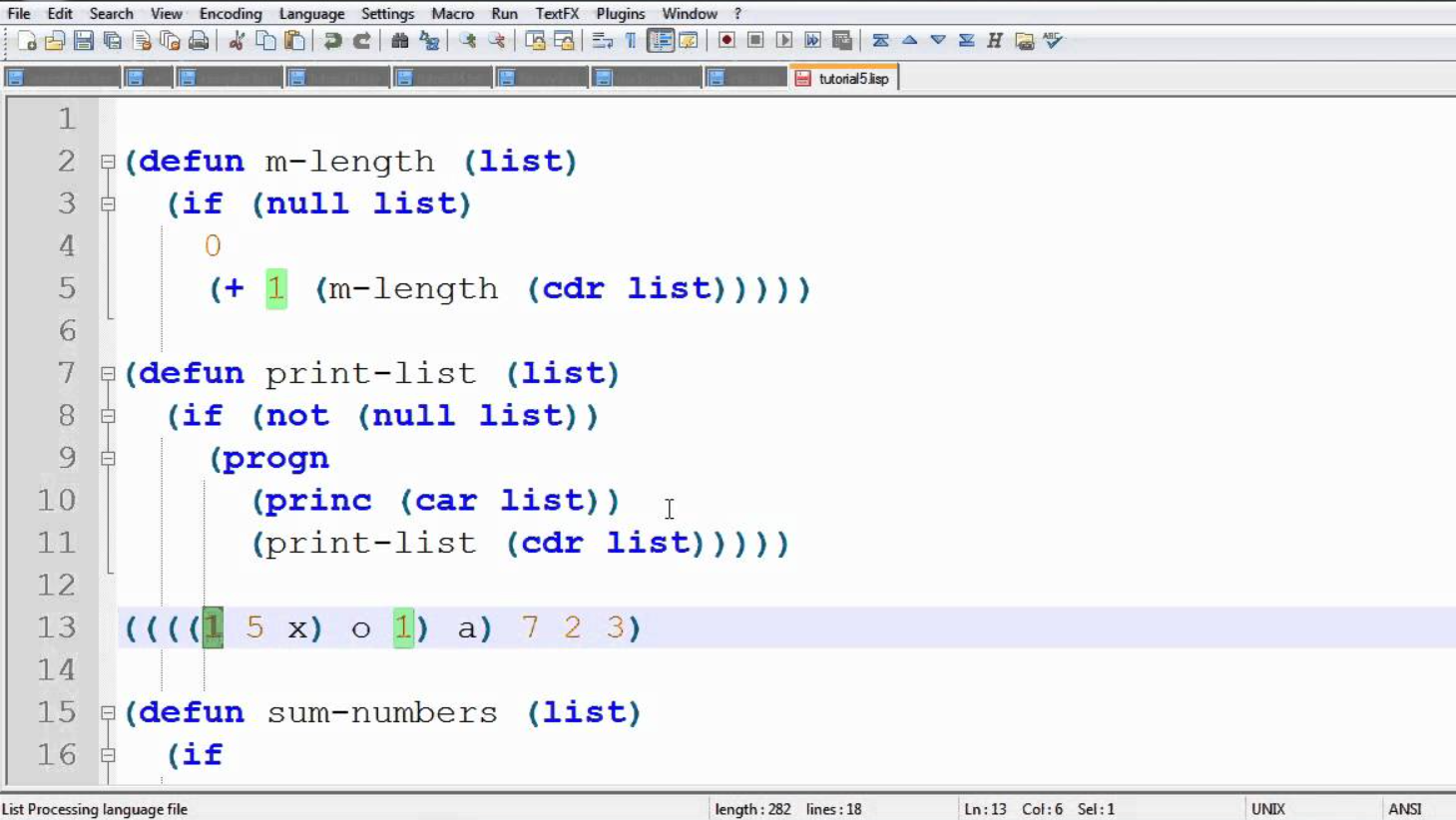
This will open the proper PGP file in Notepad, proper because if you search for “acad.pgp” (or “acadlt.pgp” for AutoCAD LT), you would likely find multiple copies on your machine. If you edit the wrong one, nothing will change for you in AutoCAD. In BricsCAD, go to Tools > Customize > Command Aliases to get to the user interface dialog. It will look like this:īoth of the GUI tools in AutoCAD and BricsCAD are easy to figure out. PGP defined shortcuts are a quick way to shorten a command name. Type in “L” for Lengthen instead of “Lengthen”, or type in “O” for 3dorbit, etc. There is another way to approach this issue however. If you define your shortcuts with lisp code, then you have at least two advantages: (1) You can define command statements, such as Zoom > Window or Pedit > Multiple, and (2) Lisp definitions will always take precedence over PGP shortcuts. So if the PGP file says “L” is for the Line command but your lisp code says “L” is for Lengthen, your “L” wins. Why is this important? If you’ve ever had to go use someone else’s CAD machine for whatever reason, how long does it take you to get your shortcuts set up (not to mention other things?) By defining your shortcuts as lisp in a single file, you can easily migrate to other machines with almost no effort. So if you are thinking “But wait, I don’t know how to write lisp”, don’t worry, you only need to know what shortcut letter(s) you want and the command name you want it to call, plus any optional command options. We are going to do most of it for you here. First, create a new empty folder on your C: drive to hold this file, call this new folder “CADSTUFF”.Before we write the first character, save the file in this new folder and name it “acaddoc.lsp”.(“on_doc_load.lsp” for BricsCAD) Important: Add the quote marks around the file name so that Windows will not append a “.txt” file extension. If you want to write a note to yourself in this file, use a semicolon prefix.Copy and paste the following blue text into your file: (defun c:L () (command “._lengthen” “_dy”)).

For AutoCAD: On the Files tab, expand the section “Support File Search Path”.For BricsCAD: Under the Files section, edit the section “Support File Search Path”.Move this path to the TOP of this list using the controls in the dialog box.


I test that by typing in MENUNAME and it gives back the correct path and. cui is loaded correctly despite the message. I click OK on the error message and I can see that my. cui file placed in %appdata% and BricsCAD do load this menu BUT it still displays the error message. %USERPROFILE%\AppData\Roaming\Bricsys\BricsCAD\V16\en_US\Support\ C:\Program Files (x86)\Bricsys\BricsCAD V16 en_US\Support\ C:\Program Files (x86)\Bricsys\BricsCAD V16 en_US\Fonts\ C:\Program Files (x86)\Bricsys\BricsCAD V16 en_US\Help\en_US\" I start BricsCAD using a /P profile.arg file where I define the MAIN.cui file. I get the error message as stated in the title, but there is no error, so this message should not be displayed. I have a question regarding to this topic.


 0 kommentar(er)
0 kommentar(er)
